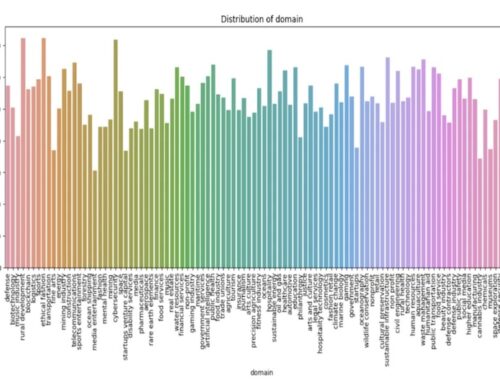The world is changing faster than ever, and businesses need to keep up with the new trends and challenges that are shaping the global economy. Whether it is the impact of climate change, the rise of digitalization, the emergence of new markets, or the changing consumer preferences, businesses have to be agile and innovative to survive and thrive in the competitive environment.
In this blog post, we will explore some of the key global challenges that businesses face today, and how they can adapt their strategies and operations to overcome them.
Climate change: The climate crisis is not only a threat to the environment but also to the economy. According to a report by the World Economic Forum, climate change could cost the global economy $23 trillion by 2050, if no action is taken. Businesses have to reduce their carbon footprint, invest in renewable energy sources, adopt circular economy practices, and develop climate-resilient products and services. Circular economy practices are those that aim to minimize waste and maximize resource efficiency, such as recycling, reusing, repairing, remanufacturing, and sharing.
Digitalization: The pandemic has accelerated the digital transformation of many industries, as more people rely on online platforms for work, education, entertainment, shopping, and socializing. Businesses have to embrace digital technologies, such as cloud computing, artificial intelligence, big data analytics, blockchain, and 5G, to improve their efficiency, productivity, customer experience, and innovation. They also have to ensure their cybersecurity and data privacy, as cyberattacks and data breaches become more frequent and sophisticated.
New markets: The global economic landscape is shifting, as emerging markets gain more influence and power. According to a report by McKinsey & Company, emerging markets will account for 60% of global GDP by 2030, up from 40% in 2010. Businesses have to tap into the opportunities and potential of these markets, by understanding their culture, preferences, needs, and challenges. They also have to diversify their supply chains, partners, and customers, to reduce their dependence on a single market or region.
Changing consumer preferences: Consumers are becoming more conscious and demanding of the products and services they buy. They are looking for more value, quality, convenience, personalization, sustainability, and social responsibility. Businesses have to meet these expectations, by offering more choices, customization, transparency, loyalty programs, and social impact initiatives. They also have to engage with their customers through multiple channels and platforms, such as social media, e-commerce, mobile apps, and chatbots.
These are some of the main global challenges that businesses face today. However, there are also opportunities for growth and innovation. By adapting their business models and strategies to the new realities of the world economy, businesses can create a competitive edge and a positive impact.



